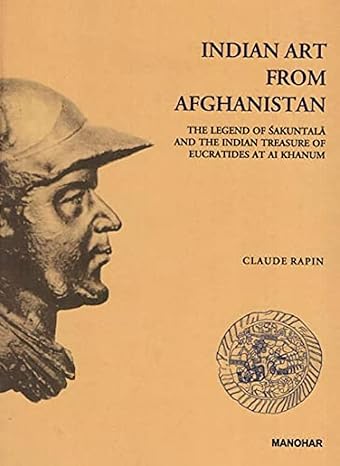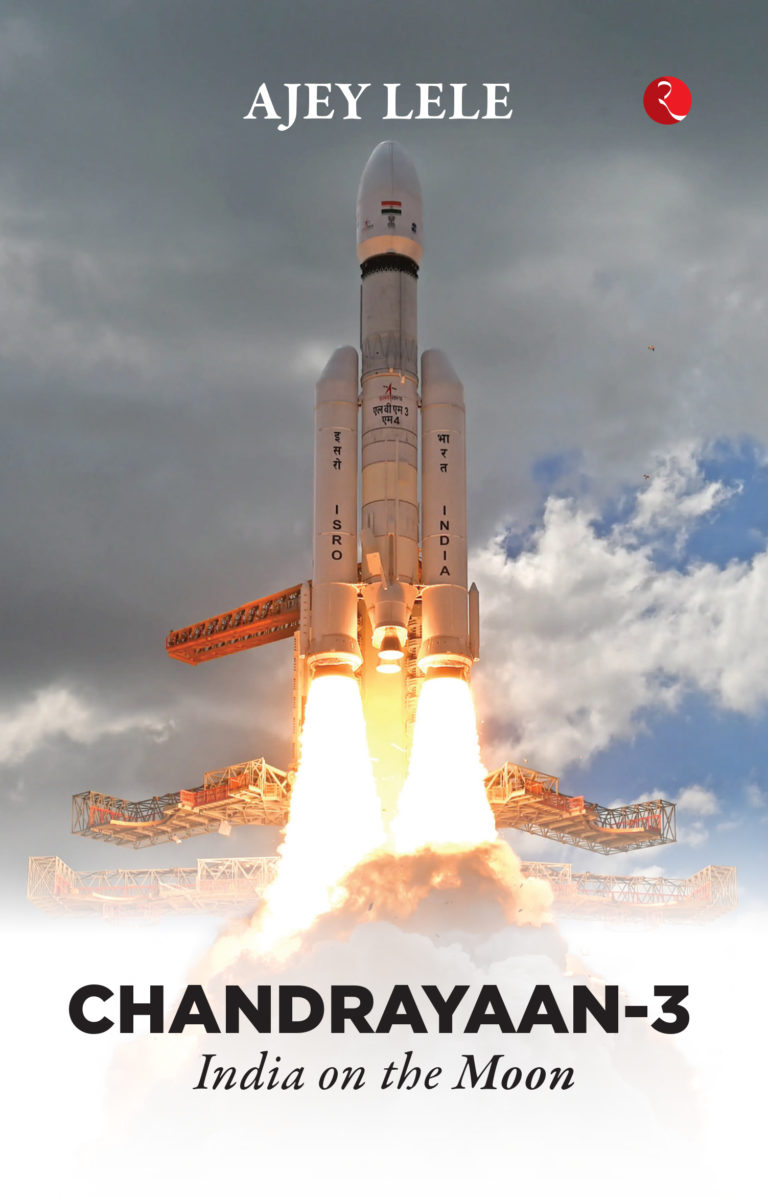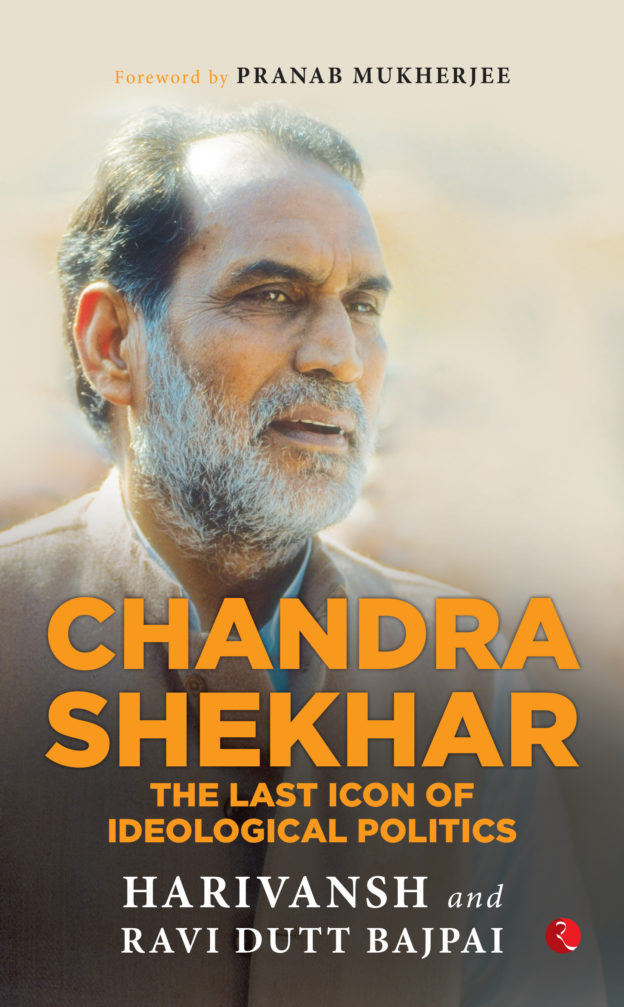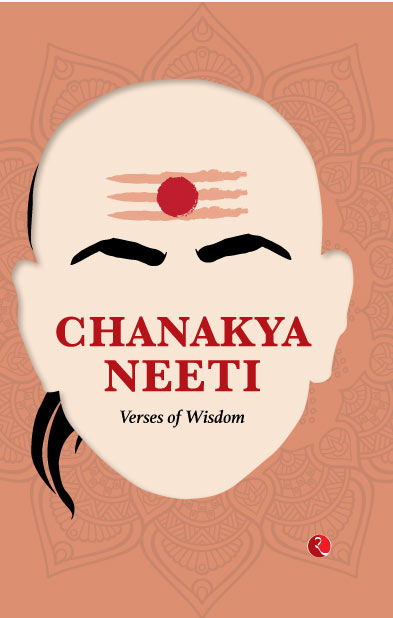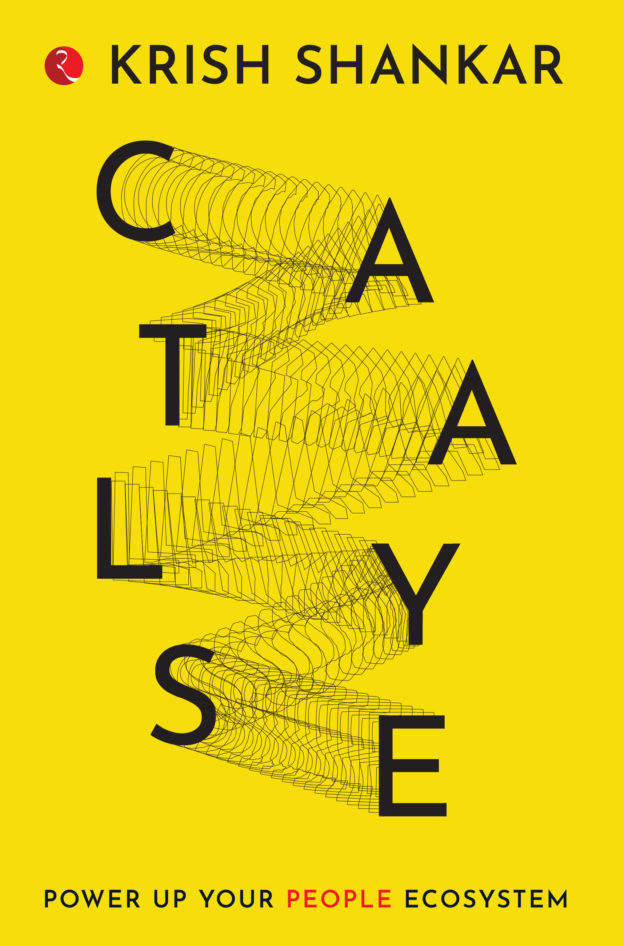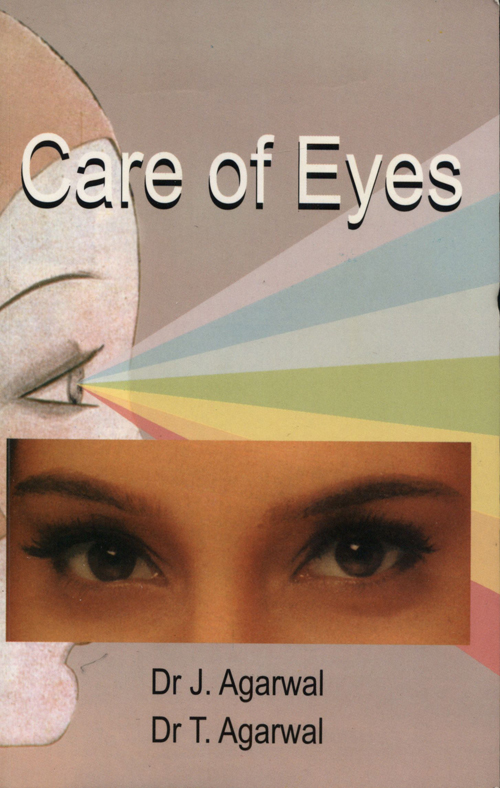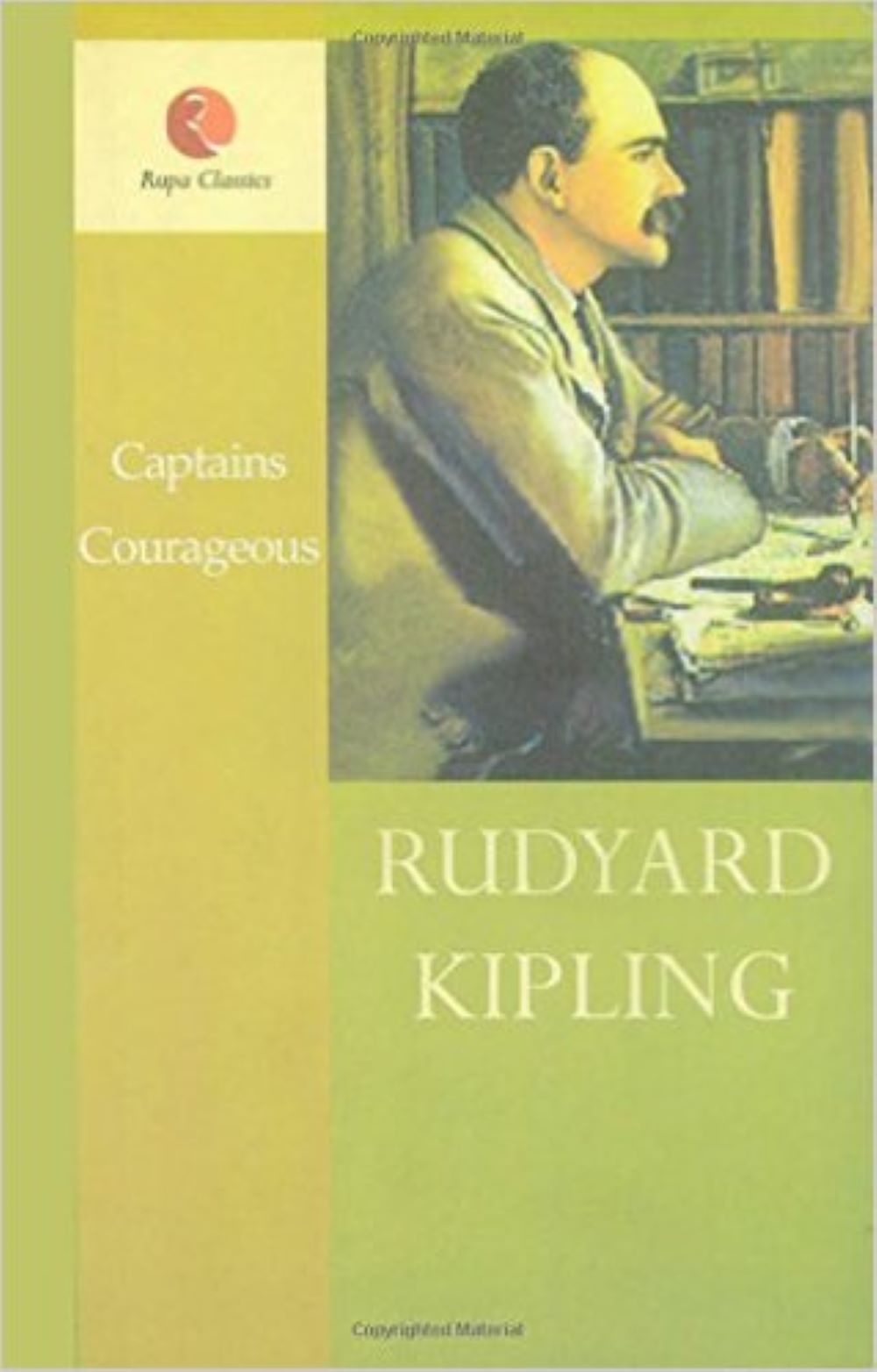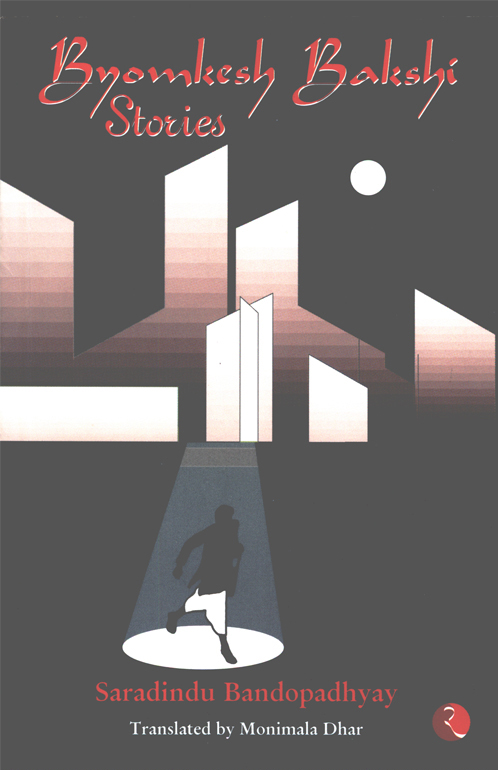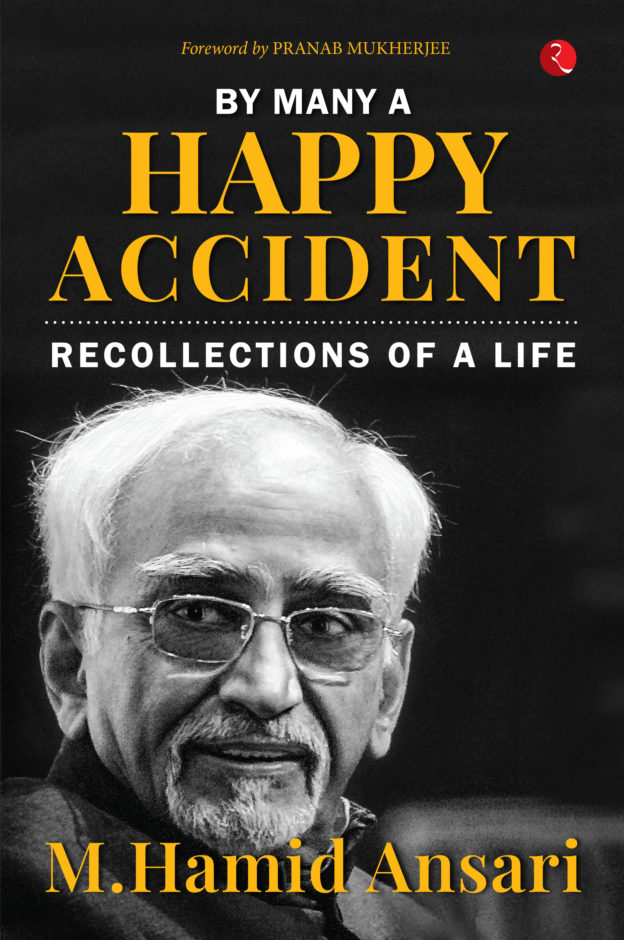Indian Art From Afghanistan: The Legend of Sakuntala and the Indian Treasure of Eucratides At Ai Khanum
Availability :
In Stock
₹ 956.25
M.R.P.:₹ 1275
You
Save: ₹318.75 (25.00% OFF)
(Inclusive
of all taxes)
Delivery:
₹ 130.00 Delivery charge
Author:
Claude Rapin
Publisher:
Manohar Publishers
ISBN-13:
9788173041624
Publishing Year:
2023
No. of Pages:
185
Weight:
788 gram
Language:
English
Book Binding:
Hardcover

